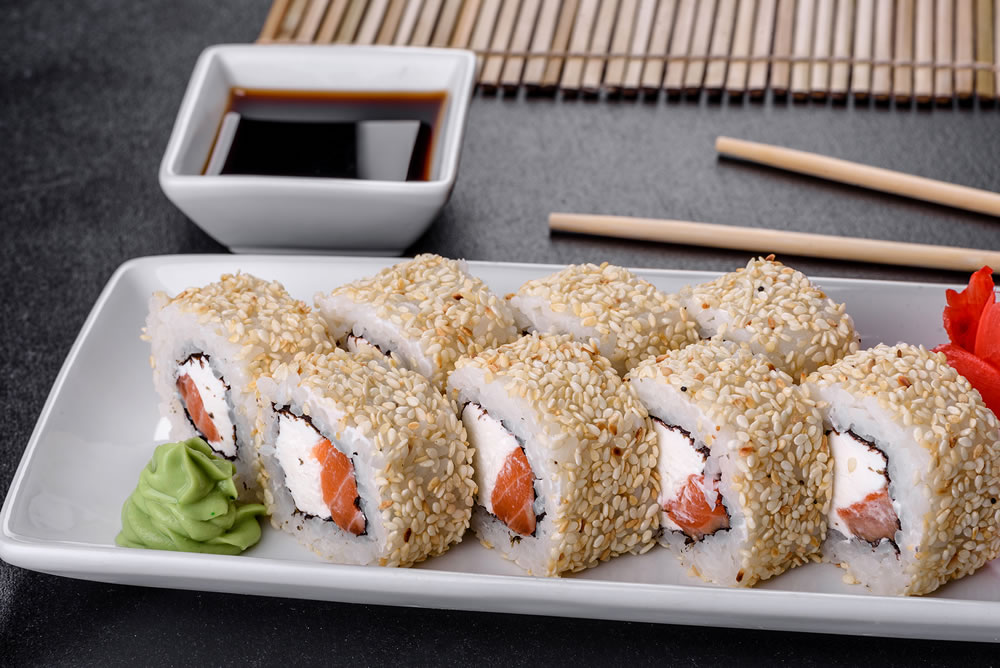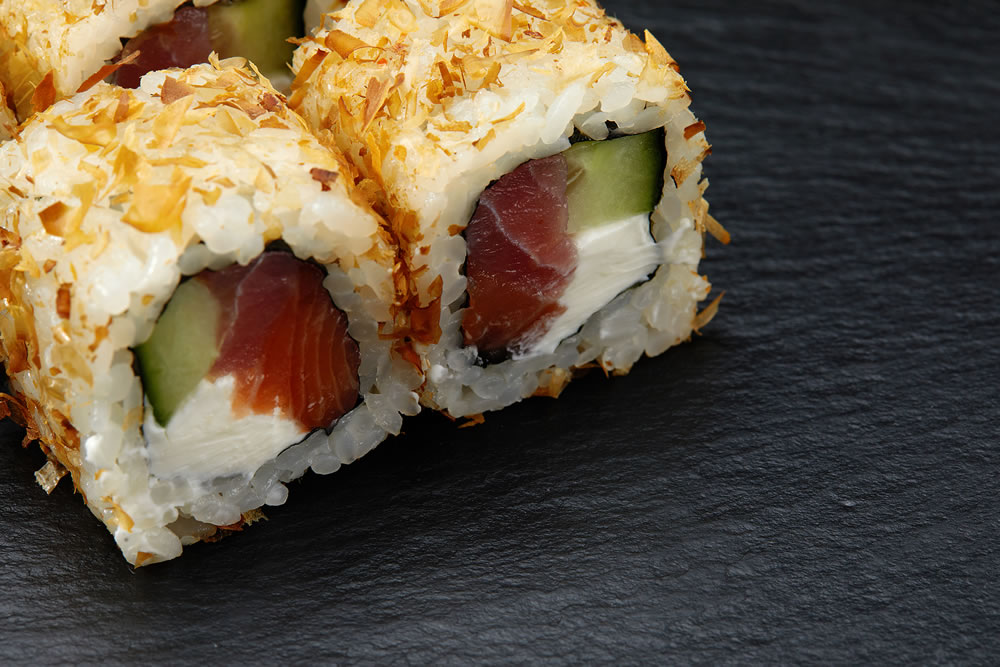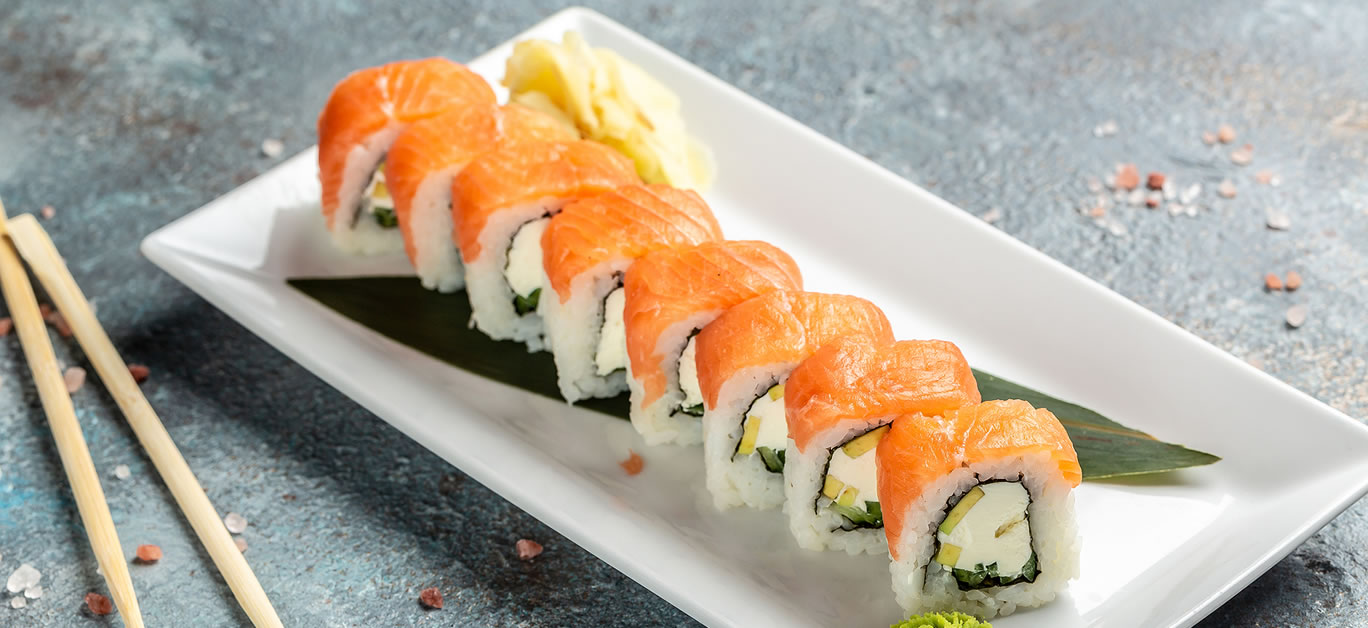Conveyor belt sushi restaurants – known as kaiten-zushi restaurants – offer a fun dining experience for lovers of Japanese food. Rather than sitting at a table and ordering your sushi from a menu, you get to pick out small plates that look good to you from a conveyor belt, which carries them slowly past your seat.
With so much choice and thousands of years of tradition behind this Japanese staple, it can be difficult to know where to start and the ‘unspoken’ rules that may need to be understood before tucking in. With International Sushi Day approaching on June 18th, founder of Japanese food subscription company Sakuraco, Ayumi Chikamoto shares five top tips for eating like a pro at a sushi bar.
1. Know your type
It can be helpful to have an idea of the different types of sushi before you visit, so you know which you might like to try first.
The types of sushi usually found at a kaiten-zushi include:
Nigiri: A topping (mainly fresh raw fish) served on top of sushi rice
Maki: Usually the most common type – rice and fillings wrapped in seaweed
Uramaki: Like Maki, but the rice is on the outside of the roll
Temaki: Sushi that has been hand-rolled into a cone shape.

2. Stay fresh
Fresh ingredients should be your number one priority when selecting a sushi restaurant. Luckily, there are a few simple tricks and tips that can help you spot better dishes.
Contrary to popular belief, sushi shouldn’t smell fishy. In fact, according to world-renowned sushi chef Hidekazu Tojo, a good sushi restaurant should smell like cucumber or watermelon.
It’s been revealed that some establishments chill fish at the lowest possible temperatures, if they think it is coming to the end of its shelf-life. If your sushi feels abnormally cold when it arrives, allow it to sit at room temperature for a couple of minutes. If it’s not fresh, it will begin to smell.
It’s worth noting, freshness shouldn’t be a huge concern, as many modern kaiten-zushi restaurants, now use RFID tags to monitor how long plates stay out on the conveyor belt and take away any items that are no longer fresh.
3. Quality over quantity
All the plates that pass by on the conveyor belt are colour-coded according to price. Sometimes, it can be better to go for the pricier plates, this is because of the ingredients. You’ll normally find the higher the ratio of rice to filling, the less expensive the sushi will be.
And then, of course, some vegetables and garnishes are inevitably more expensive than others.

4. Enjoy it right
Traditionally, it’s believed sushi should be enjoyed in one bite. When eating sushi, you should place it on your tongue face down, so you get the full flavour and freshness of the fish.
The traditional condiments that come with sushi also serve a specific purpose. Soy sauce is for dipping, the ginger is for eating between different plates to cleanse your palette, and wasabi is for adding spiciness.
5. Eat in order
While there are no set rules on the order you eat your sushi in, some say that it’s best to start with light fish like snapper, and then move on to dark fish (salmon). This is because the lighter fish is less oily and won’t coat your tongue in fat, so you can enjoy the full taste of all your chosen dishes.
In any case, we recommend eating pickled ginger or taking a sip of tea to cleanse your palette between different plates.






















